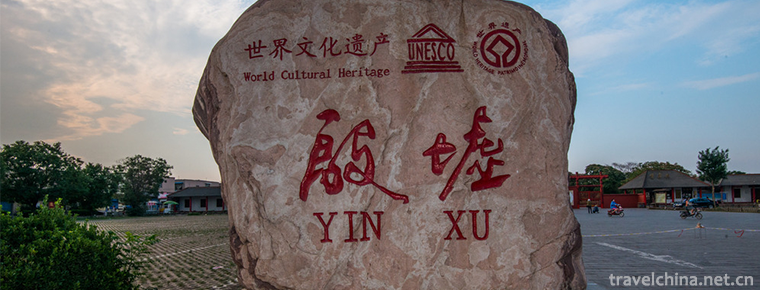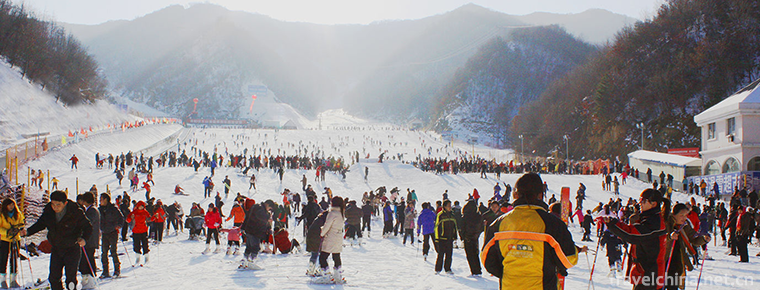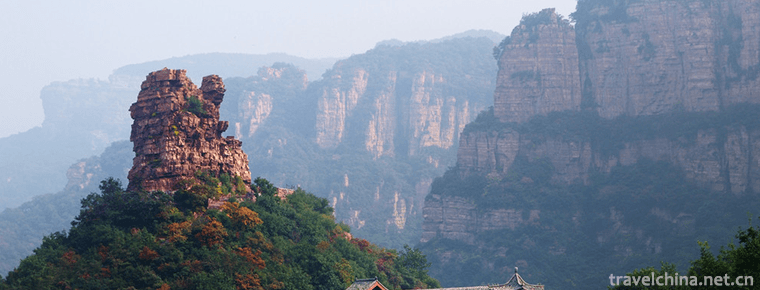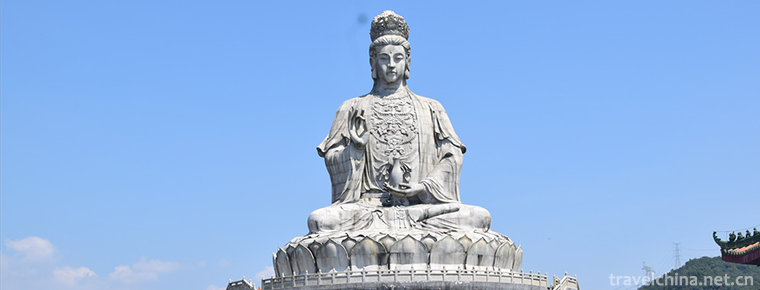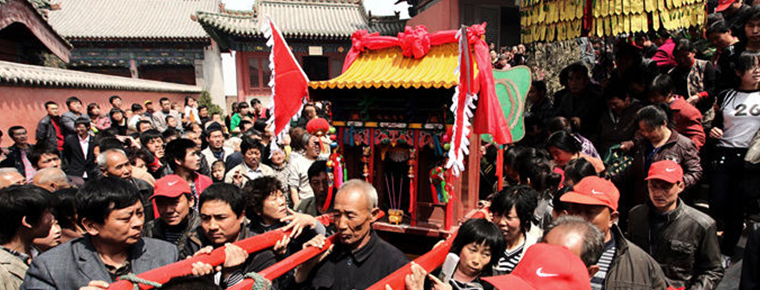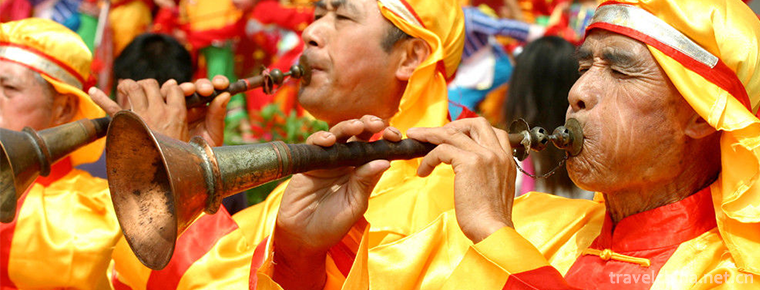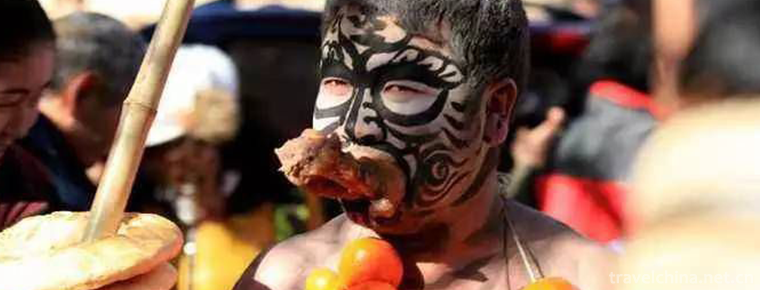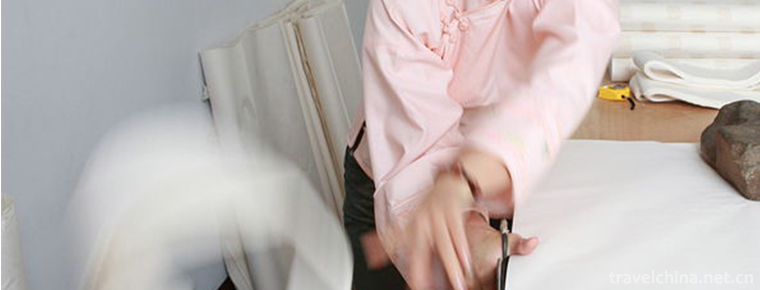Haimen mountain song
Haimen mountain song
Haimen Mountain Opera is a traditional opera popular in Haimen area of Nantong, Jiangsu Province. It originated from Haimen Mountain Song and developed into stage opera in 1955. Haimenshan Opera Troupe is the only opera troupe of Haimenshan Opera, which is known as "a flower in Jianghai Plain".
In June 2008, Haimen Mountain Song declared by Haimen City of Jiangsu Province was listed in the second batch of national intangible cultural heritage list with the approval of the State Council. Heritage serial number: 593 II-94.
historical origin
In 1955, Lu Xingbai and others arranged and adapted the Narrative Folk Song "Rocking Boat Lang" into the first folk song drama "Taomi Ji", which was first performed by Zhongxing Town Amateur Opera Troupe. He participated in the Haimen County Literary and Art Festival in 1956, and later by Mao Town Amateur Opera Troupe, and participated in the city and provincial capital performances one after another. In March 1957, Taomi Ji entered Beijing and participated in the second national folk song and dance performance. Zhu De and Zhou Enlai parti Wait for the older generation of Party and state leaders to watch the performance and meet all the actors. In August 1958, Haimenshan Opera Troupe was founded. Up to now, the troupe has put on more than 200 plays, among which more than 30 have been created. The representative repertoires are Taomi Ji, Peach Picking, Daughters-in-law, Yinhua Girl, Qinglong Jiao and Song for Mother. In May 1993 and December 2002, Haimen Mountain Opera Troupe staged the mountain opera Qinglong Jiao and Song for Mother twice in Jinjing.
In addition to Haimen, Haimen Mountain Opera also includes the whole Nantong area and Wu dialect area of Jiangsu, Zhejiang and Shanghai. Haimen Mountain Opera Troupe is not only a professional opera group, but also a carrier of Haimen folk song dissemination, the base of folk song development and talent pool of folk song actors.
In the mid-Qing Dynasty, there were a large number of immigrants in Gehaimen area of Jiangnan Dynasty, and Linxing immigrants introduced Wuge into the sandy areas. After the Haimen and other places, the common people have been singing orally for generations, modifying and creating constantly, and developing Haimen folk songs point by point successfully.
In 1935, Guanjiangge and Ding Zhonggao collected Haimen Folk Songs and successfully published Jiangkou Love Song, which was published by Daxia University of Shanghai. The next year, Guanjiangge collected a long narrative folk song "Red Lady" and published Lele Wuhan "Heaven, Earth and Man" magazine.
After the liberation of the Chinese People's Liberation Army in 1949, amateur performances in local literature and art were very active, and a variety of new folk songs were developed, reflecting the real life of the people at that time, praising labor and love, and criticizing various unreasonable phenomena.
In 1954, Haimen Folk Song was officially put on the stage.
In the 1950s and 1960s, an amateur performing team (Lu Xingbai et al.) based on the Narrative Folk Song "Rocker Boat" collated and created the first Haimen folk song drama "Taomi Ji", which was well received by the local people. Next, he took part in a performance in Nantong, Jiangsu Province.
In 1957, Taomi Ji also participated in the national folk music and dance performance. The actors were interviewed by Zhou Enlai, Zhu De and other central leaders, and took a group photo as a souvenir.
In August 1958, with the support of the provincial and prefectural governments, Haimen County Government formally established a professional Haimen Mountain Opera Troupe. Since then, Haimenshan Opera has emerged as a new kind of opera.
In the 1980s, Jiaoguan Mountain Song Research Papers were published in periodicals at or above the provincial level.
In 1984, Haimen Folk Song Research Society was established.
In August 1985, Haimen County held the first Haimen Folk Song Concert. More than 50 singers sang more than 40 folk songs. Guangming Daily and Xinhua Daily reported on it successively.
In July 1986, Song Weixiang sang the Haimen folk song "Little Sister Believes the Rocking Boat Lang", and performed in Beijing with Nantong Folk Art Troupe.
In 1987, "Selected Haimen Folk Songs" was published by China Folk Literature and Art Publishing House. It contains more than 250 Haimen Folk Songs.
In 1993, he went to Beijing for the second time to perform "Qinglong Jiao", which was successful. At the end of the same year, he participated in the first Jiangsu Drama Festival and won many awards for his performance of "Qinglong Jiao".
In 1995, Haimen Mountain Song Qinglong Jiao was performed in Beijing.
In 2007, Haimen Folk Songs entered the list of intangible cultural heritage protection in Jiangsu Province.
From August 19 to 21, 2007, China Haimen Folk Song Festival was held, which marked a new stage in the development of Haimen Folk Song culture.
On June 14, 2008, Haimen Folk Songs were officially listed as the national intangible cultural heritage.
Representative works
Haimen Folk Songs fall into two categories
One is impromptu folk songs, which are composed of four, six and eight lyrics, such as "Northwest Tianwuyun on one's own", "Seeing Wild Flowers Red across the River" and "Southeastern Wind Brisk and Long".
The second category is the Narrative Folk songs, which have more than ten, dozens of lyrics, and even hundreds of phrases, such as "Peach Trader", "Rocker", embroidered shoes, garlic seedlings and so on. In the Narrative Folk songs, there are a series of folk songs, whose characters and plots are coherent and independent, such as The Red Lady. Haimen folk songs are mostly about reflecting the love life of men and women, such as "Little Sister Watches the Boat Cracker" and "Love Lang Mountain Song", etc. There is a saying that "Nalang Na Sister Fu Chengge". One folk song reflects the hardship of peasants'life and shows the peasants' hatred for the exploitation of landlords, such as "Looking at the Sun and Looking at the Heaven", "Long-term Work and Hardship". It also links ancient events into folk songs, such as "Cross Song". Star folk songs are funny, purely recreational, and stars are flirting and teasing.
artistic characteristics
Haimenshan opera has beautiful and simple melody, fresh and smooth, rich local flavor, and distinctive local characteristics. There are more than 60 tunes commonly used in Haimenshan Opera, of which "mountain song tune" and "couplet flower tune" are the basic tunes, and the two tunes of feather and legend form a contrast; they are organized by two kinds of slab structures, slab tune and couplet tune. There are nine types of slabs, including "mountain songs" adagio, mid-slab, clear slab, running slab, connecting slab, tight slab, laminated slab, fast-drawing and slow-singing, and six types of slabs, such as adagio, mid-slab, clear slab, broad slab, cloud water slab and simple slab. It also absorbs many minors and rap music. Some are used for lyric and some are used for narrative. For example, "Moon and Moon Festival", this tune is full of emotion and far-reaching artistic conception, which is most suitable for singing and dancing; "Xiaolang Yierlai" is active and flexible; "Xiangbao Tune" has beautiful melody and is easy to read; "Buddhist prayer tune" is very flexible, not limited by the number of words, can be short, can be tight and relaxed, and good at expressing happy mood; "Playing cherry tune" and "Five more Drums Tune" are good at men. Female couplets sing songs and express their love. There are also some slippery tunes such as "Pai Jing Tune" and "Caixian Tao Tune", which are suitable for the performance of negative characters.
The tunes of mountain operas are all five-tone scales, some of which are added with "Qingjiao", "Changzheng", "Changgong". Besides progressive, the features of rotation are the most distinctive four-degree, five-degree, six-degree and Seven-degree jumps, plus 25, 36, 63, 31 and 65. Because the feather tone is prominent in the mode, the musical tunes of Haimenshan operas have formed a unique style. Its tune-moistening method is closely combined with the lining words. Use, such as: "Hey, yo, ah, ah, lo, yeah, yeah, yeah, yeah, yeah, yeah, yeah, yeah, yeah, yeah, yeah, yeah, yeah, yeah, yeah, yeah, Ye
In Qupai, Haimen gongs and drums are very distinctive, but they can only be used in Qupai or Qupai at the same time. As for the gongs and drums in common use, the gongs and drums in Peking Opera should be changed slightly to suit local conditions.
The Orchestra establishment is the main instrument, the basic instrument and the color instrument. For example, the main hu, flute and Pipa are the main music groups; the yangqin, cello, three strings, Sheng and Zhonghu are the basic instruments; the rest are suona, violin, Western woodwind and electronic piano. The volume and music of the main erhu are high and crisp. From the above aspects, it has formed a strong flavor of the times and rich in the style characteristics of national music in Jianghai Plain.
Inheritance significance
Haimen Folk Songs selected as "National Heritage" will be published by China Opera Publishing House.
It is reported that Haimen Mountain Songs Collection of China has a total income of 9 categories, nearly 250 lyrics and 50 music scores, 89 new folk songs, 18 mountain operas and introduction of mountain singers, etc. The collection and compilation of the book began in April 2007. The team visited more than 100 local Laoshan singers and collected more than 1000 precious materials such as folk songs, chants, minors and instrumental music through various forms.


-
Yin Ruins Scenic Area (Yin xu)
Yin Ruins, formerly known as "Northern Mongolia" , is the ruins of the capital city in the late Shang Dynasty of China, located in Anyang City, Henan Province.
Views: 200 Time 2018-12-09 -
Funiu Mountain Skiing Resort
Located on the north slope of the old boundary ridge of Funiu Mountain in Luanchuan County, Luoyang Funiu Mountain Skiing Resort has the highest elevation of 2200 meters and an elevation of 1700 meter.
Views: 133 Time 2018-12-22 -
Checkerboard Mesa Qipanshan Mountain
Qipanshan is located in the northeast of Shenyang City, adjacent to Fushun in the east, Hunhe in the west, Tieling in the South and Hadaling in the north. It is located .
Views: 226 Time 2019-02-07 -
The Site of the Ancient Great Wall of the Warring States Period
When people mention the Great Wall, they will think of the Great Wall from Shanhaiguan to Jiayuguan. However, in Xilingol League, there are also the ancient Great Wall, which is not as famous as the G.
Views: 165 Time 2019-03-09 -
Guanyin legend
Guanyin legend is one of the ancient local folklores in Zhoushan, Zhejiang Province. It is one of the second batch of national intangible cultural heritage list published by the State Council..
Views: 142 Time 2019-05-01 -
Hongdongs custom of visiting relatives
The custom of walking relatives in Hongdong is a kind of Han traditional folk culture which spreads in Ganting, Wucun, Xincun, Longma and Wanan townships.
Views: 131 Time 2019-05-03 -
Suona Art
Suona art is a manifestation of traditional Chinese folk culture. In 2006, Qinyang City of Henan Province and Qingyang City of Gansu Province applied for intangible cultural heritage. Its basic musica.
Views: 124 Time 2019-06-17 -
The Tu nationality in Yuqiu
Tu nationality, spread in Nianduyu Village, Tongren County, Qinghai Province, is a unique local folk culture form. It is held from November 5 to 20 of the lunar calendar every year. It includes ceremo.
Views: 208 Time 2019-06-23 -
Xuan Paper Making Skills
The production of Xuan Paper, first through a leather production process and a grass production process, and then through more than 100 processes..
Views: 123 Time 2019-07-09 -
Yao Peoples Playing Hall
The Playing Hall is a folk grand gathering of memorizing ancestors, recalling history, celebrating harvest, rewarding vows, disseminating knowledge and mass entertainment activities in Liannan Paiyao..
Views: 286 Time 2019-07-11 -
Brick carving
Brick carving refers to the carving of landscape, flowers, figures and other patterns on green bricks. It is an important art form in ancient architectural carving. The production technology and core .
Views: 241 Time 2019-08-10 -
Beijing Technology and Business University
Beijing University of Industry and Commerce is a multi-disciplinary university in Beijing. It was approved by the Ministry of Education in June 1999 by the merger of Beijing Institute of Light Industr.
Views: 396 Time 2019-09-06
